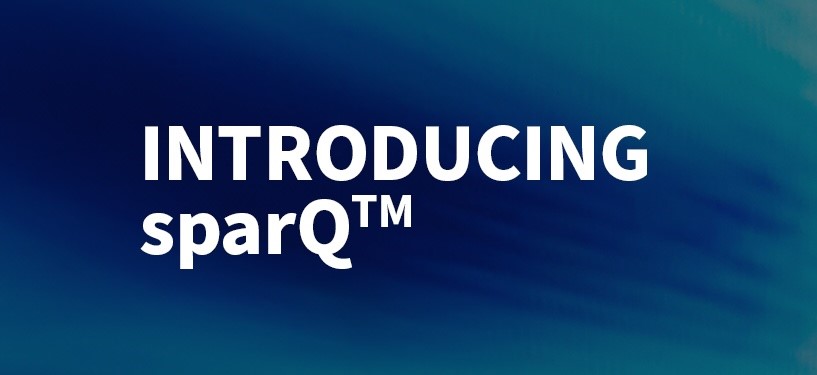Physical offices are officially reopening and leaders are beginning to roll out their return-to- office plans. But just as workers are returning to the office, they are also realizing that they’re free to resume their long-awaited job search that was put on pause for the last year… or are free to shop around and see what else is out there. We’re seeing this happen more often as employees are looking for more flexibility, and will look elsewhere if they are not aligned with their company’s return-to-office plans.
A recent survey showed that more than 52% of employees plan to look for a new job this year—a 35% increase from 2020. Business leaders need to be ready for this sudden shift— now being called the “Great Resignation”— and ensure they are maintaining a superior company culture and communicating with employees on a regular basis to ensure that their voices are being heard.
As we navigate the rest of the year, here are three ways to avoid getting caught up in the “Great Resignation” and retain top talent.
1. Communicate, communicate, communicate.
This can not be stressed enough. One of the biggest takeaways we’ve learned from the pandemic is the importance of transparency. Employees want to hear from upper management about new policies and feel like they are being open and honest. This will enable employees to feel empowered to ask questions and voice their return to office concerns, and ask for options that best suit their work from home lifestyle, instead of looking elsewhere.
As businesses navigate the possible increased turnover, effective leaders need to continue to provide flexibility in every aspect of the work day and remain transparent about expectations.
2. Continue to boost morale and assist employees in the transition to a hybrid workforce model.
Change can be disruptive to schedules and employee morale. At Fuze, we’ve embraced a flexible working policy for years to empower employees to work from wherever they feel the most productive and have extended this messaging into our reopening communications.
Especially during these challenging times, it’s important to find moments to uplift and encourage your employees. Finding ways to give coworkers an extra boost of confidence or simply let them know that their work is appreciated can go a long way, especially when we’re not seeing co-workers in person everyday. Showing gratitude, support, and empowering your team through positivity will help create a more trusting and engaging work culture as we move into the hybrid world.
3. Acknowledge that your employees have been working hard throughout the pandemic.
Leaders should move away from calling their office re-openings a “return to work.” In order to reduce turnover through this transition, leaders should be vocalizing their appreciation of their teams and recognize they’ve been working hard since March 2020. Employees care about being recognized and want to know they haven’t gone unnoticed since working full-time out of their homes. There has also been an overwhelming feeling of burnout, which will continue to affect the larger workforce if and when employees move jobs. We talk about the importance of battling burnout in our post about “The Impacts of Video & Meeting Fatigue on Employee Burnout.”
Top performing employees are the hardest to replace, and the pre-pandemic supply and demand issue is re-emerging rapidly. In addition to retaining talent, leaders need to keep an eye on the open job market and how the massive reshuffling may affect diversity gaps in their organization. At Fuze, we’re continuing to maintain equal opportunities and offering all employees multiple return to office options, through our hybrid workforce. If employees want to come into the office, great, and if they’re not comfortable yet, we’re letting them decide to stay remote as needed.
How are you feeling about your return to work options?
___
This post was originally published on the Fuze blog.



